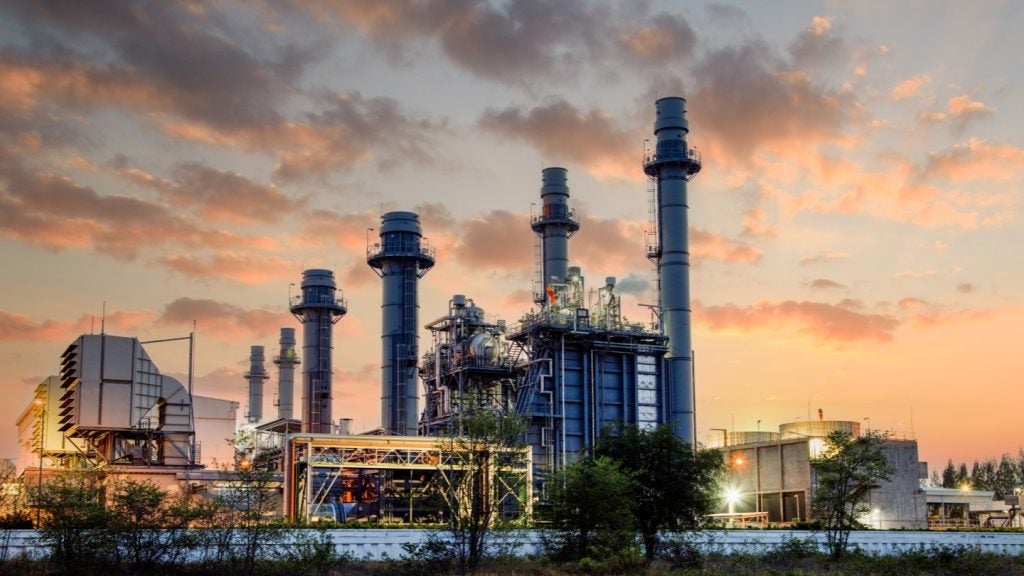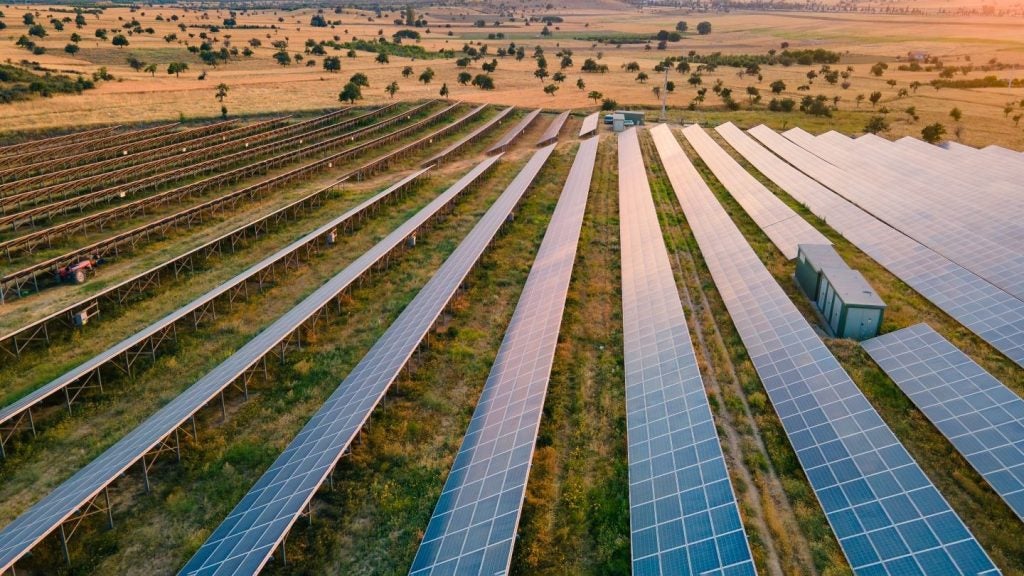
The world’s energy infrastructure has undergone rapid changes over the last few decades, as improvements in renewable technology, and increasingly dire warnings from the world’s scientific and activist communities, push power companies towards clean energy.
Yet this upheaval brings with it a number of logistical and administrative challenges for the energy industry, a sector that has, traditionally, been hesitant to adopt new approaches due to the vast quantities of fuel being burned, and the similarly huge sums of money involved.
The rapidity of these changes is apparent in the plight of the humble remote telemetry device (RTU). Simply put, these devices are monitoring machines responsible for collecting data from sites such as power facilities, and are a key component of the energy industry.
Yet the technical and logistical requirements of a device used to monitor, say, the eight facilities that make up the mammoth Datang Tuoketuo coal plant in China, are considerably different to those for an RTU deployed among the 3,500 wind turbines in operation at China’s Jiuquan Wind Power Base.
Critically, the power output of these facilities is comparable – 6.7GW at the world’s largest coal facility and 5.16GW at the world’s largest wind installation – but the difference in monitoring eight facilities versus over 3,000 wind turbines is evident.
In response to these challenges, British firm Ovarro is expanding and developing its range of RTUs, aiming to provide monitoring solutions for industries from oil and gas to broadcasting. Its recent work, and increasingly diverse portfolio of devices, is a neat encapsulation of the recent history of, and the potential challenges affecting, the monitoring sector.
How well do you really know your competitors?
Access the most comprehensive Company Profiles on the market, powered by GlobalData. Save hours of research. Gain competitive edge.

Thank you!
Your download email will arrive shortly
Not ready to buy yet? Download a free sample
We are confident about the unique quality of our Company Profiles. However, we want you to make the most beneficial decision for your business, so we offer a free sample that you can download by submitting the below form
By GlobalDataMore dynamic monitoring
While the rapidity of the energy transition has created new challenges for RTUs, the devices themselves are nothing new in an industry that has always been interested in collecting, analysing, and interpreting data stemming from its operations. As asset management company Ovarro’s chief technology officer Matthew Hawkridge puts it, “it’s been around for a lot longer than the latest buzzwords”.
“It’s a device that is in the field that collects data and performs controls on assets across an operational network,” Hawkridge continues. “And they will then communicate over mobile [or] cellular data quite often, or it can communicate over more standard networks, but effectively it’s a device that performs an element of data collection and control that’s out in the field next to the operational assets.”
While the energy industry is well-versed in the collection of data, the collection of data from a range of decentralised power generation facilities provides a new challenge for firms such as Ovarro. This shift mirrors changes in the energy industry more broadly that have seen power generation take on a more decentralised, renewables-focused approach, with power coming from a range of small-scale wind and solar facilities around the world, rather than a fossil fuel station single-handedly powering a region.
Take Europe, for instance, where 2020 stood as something of a landmark moment, with renewables accounting for more of the continent’s power than fossil fuels for the first time in history. Wind and solar, which lend themselves to decentralised energy generation in the form of individual panels or turbines, accounted for one-fifth of Europe’s energy in 2020, up from just 5.5% a decade earlier.
It is this decentralised element of the energy transition that decision-makers in the energy industry will have to adapt to.
“What you see is that [energy production] used to be very top to bottom, [where energy] just falls down to, in the end, the customer connection,” explains Johan van der Veen, energy account manager at Ovarro. “And now, the energy grid is much more dynamic and therefore, they want to measure and control it a lot more, and it’s beyond the scope of the current central systems to manage it all.
“And therefore, local intelligence and local control come into place to be making decisions on a very local site.”
Local data collection and analysis
This decentralisation of the energy industry means that RTUs and other energy infrastructure devices have to be adapted. Yet this is not an insurmountable challenge, and even offers a range of potential benefits for the data collection process as a whole. As van der Veen explains, “with an RTU and some local intelligence you can add smart functions on a local and very low level in the network, rather than doing all the [analysis] on the central site”.
There is also optimism that an emphasis on small-scale, local data collection could help generate new insights that may have been missed under a more top-down approach to data collection. This is especially relevant considering that many smart monitoring schemes are explicitly targeted at consumers and end-users, who operate on the most local of scales.
For instance, as of last year, 72% of EU citizens had access to a smart electricity meter, with a further 40% of consumers able to use a smart gas meter, the results of $52bn of investment to install 200 million monitoring devices at the local level across the continent.
Hawkridge also notes that changing the scale of RTUs is less of a technological challenge, and more of a logistical and administrative one. The technology required to operate such devices has existed for years, and it is simply a matter of repurposing it for a more small-scale goal.
“Traditionally, your machine learning and artificial intelligence is all being done sort of centrally, but moving that machine learning down into the device, into the RTUs, is something that we’re working on at the moment,” Hawkridge explains.
“Certainly one area that we are working on at the moment is that sort of local intelligence; collecting the data and doing some sort of analytics, and then pushing it up into the cloud, potentially, is something we’re looking at.”
Challenges and opportunities
Yet as with any shift in as technologically-driven an industry as energy, there will be challenges ahead for the monitoring sector. Chief among these are security concerns; as Hawkridge explains, the move away from large, centralised power facilities could also be a move away from secure operations.
“In the past, RTUs probably got deployed in pretty secure sort of environments, and I think as we move more into this Internet of Things sort of world, RTUs are going to be deployed anywhere,” says Hawkrdige. “One thing I think is really important is to ensure that they’re secure, because historically RTUs [and] things in general haven’t been as secure as what we would like them to be now.
“But certainly in the future security will be more of a requirement, a must-have requirement.”
Hawkridge also pointed towards the increasing reliance on batteries as a source of power for RTUs as a potential sticking point, with the demand for large quantities of data clashing with the practicalities of attaching batteries to small devices.
“There’s a bit of a double-edged sword there, that more and more data is required to be connected but the more and more data that you collect, the more it’s going to impact on the battery life of your device so battery technology obviously is advancing quickly,” explains Hawkridge. “And it’s the sort of challenge whether it’s advancing quick enough to keep up with the higher data demands.”
Yet many of these challenges are likely to be influenced, if not directly overcome, by broader trends in the energy industry. Themes such as the miniaturisation of technology and the increasing awareness of the importance of security, and especially cybersecurity, are nothing new. As improvements continue to be made in these fields, the lessons learned are likely to carry over to the monitoring and energy industries.






